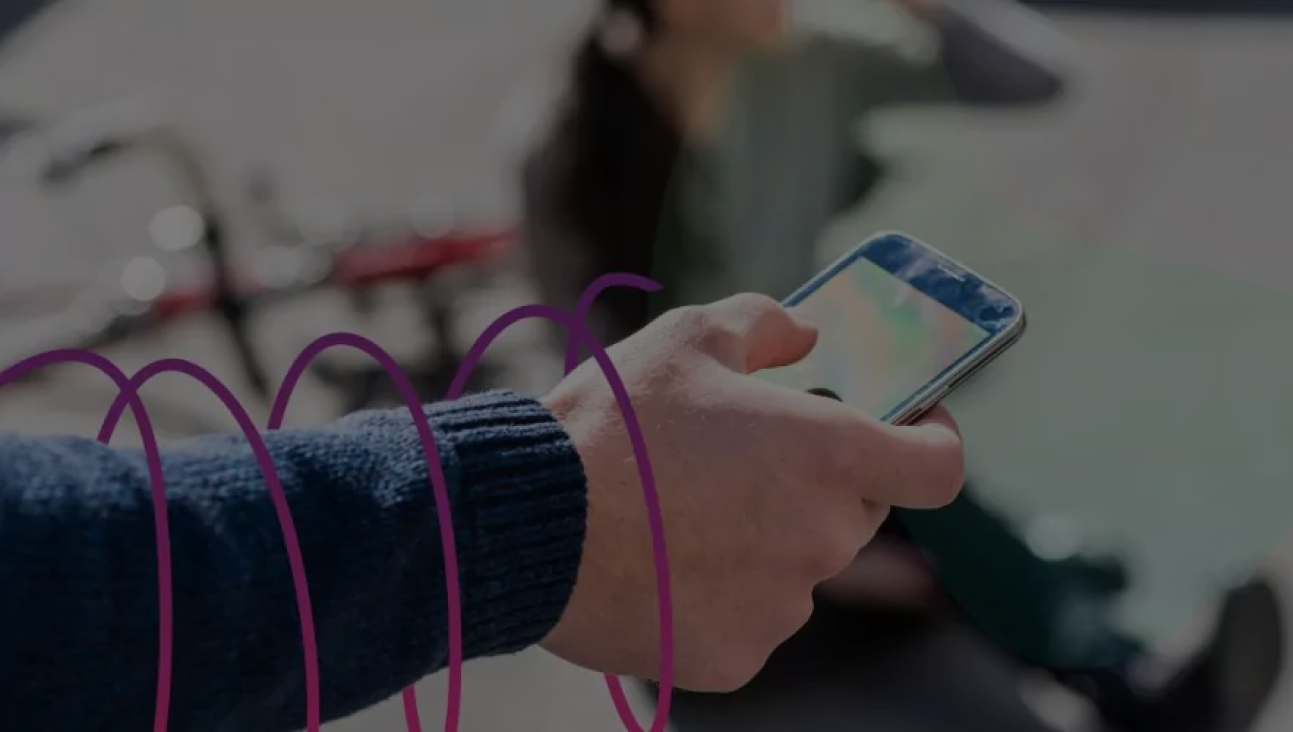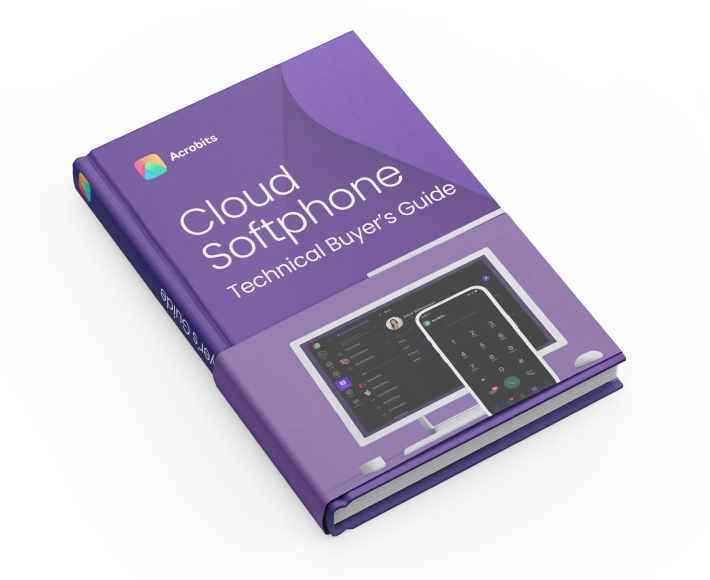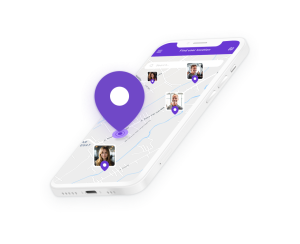VoIP Apps and Location Services Are the Answer
Many people today value their privacy. As a result, encryption is more important than ever, with large companies so willing to take risks with our sensitive data.
This alone has turned many people off from the benefits of location services. They see a tool like this as a threat to their privacy.
And who can blame them? Large corporations have used location services as a marketing tool to collect and sell data.
But for emergency services, location services can make all the difference. VoIP technology and smartphone capabilities can significantly improve how emergency services locate and respond to calls.
A VoIP app can automatically provide a caller’s location using a smartphone’s GPS chipset. This provides an emergency service with the exact Google coordinates of your location.
How accurate is this data?
A location provided by a VoIP app in conjunction with your GPS chipset is accurate to within two meters. You can’t even compare that level of accuracy with any of the other methods that emergency services currently rely on.
Location reporting is configurable, meaning you can make it mandatory or optional for your app to assist in emergency situations.
Why Didn’t VoIP Apps Catch on Sooner?
VoIP technology was ahead of its time when it was first released. Early networks lacked the reliable connection required to make VoIP accessible. Another problem was the fact that early cell phones lacked GPS chipsets.
Location reporting didn’t become streamlined until GPS chipsets became the norm. Early VoIP apps often masked a user’s location, too, making it nearly impossible to locate them.
These problems have since been solved with modern smartphones and the rollout of LTE and 5G networks.
Smartphones are more powerful today, they have powerful GPS chipsets, and our modern networks are more reliable than ever. LTE network coverage is accessible throughout most of North America and Europe, and 5G is already being deployed in select major cities throughout these regions.
VoIP apps also include many innovative features that didn’t exist before. Something as basic as location reporting didn’t catch on until GPS technology improved. And for this reason, emergency services avoided VoIP apps because they were seen as unreliable.
But that’s all changing now.
It’s only a matter of time before VoIP apps and providers become the standard for emergency services because of the accuracy they can provide over traditional tracking methods.
What If Your VoIP App Fails or Cannot Connect?
There’s nothing stopping an emergency service provider from using traditional GSM location technology should a VoIP app fail.
Emergency services can still locate your cell phone using traditional methods, including your GSM location and cell phone towers.
But the added benefits that a VoIP app provides are undeniable. They can greatly improve the efficiency of emergency services by providing them with ultra-accurate locations.
This can mean the difference between life and death during an emergency.








